Julianne McAlloon Architects
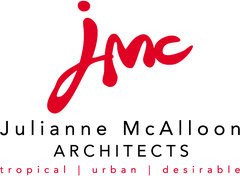
JMc Architects is progressive design practice focused on its client’s satisfaction. The practice is recognized for producing a memorable portfolio of works including residential, commercial, retail and industrial projects in urban, suburban, and rural settings across the Far North. Our architecture strives for excellence, providing better responsible and environmental design for our community.
Driving directions to Julianne McAlloon Architects on map
Julianne McAlloon Architects on Google Maps
Projects:
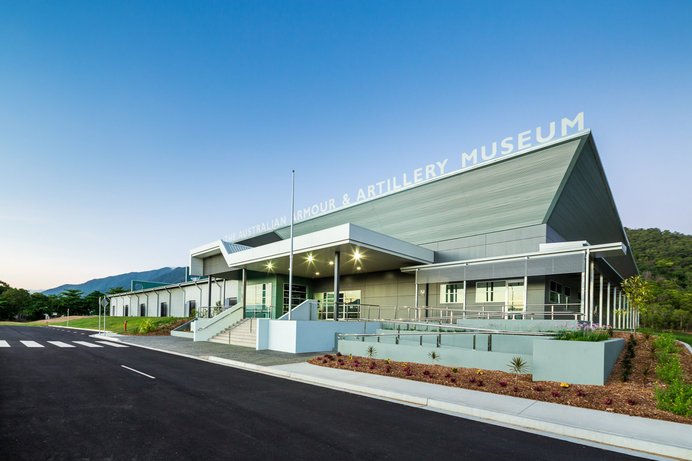
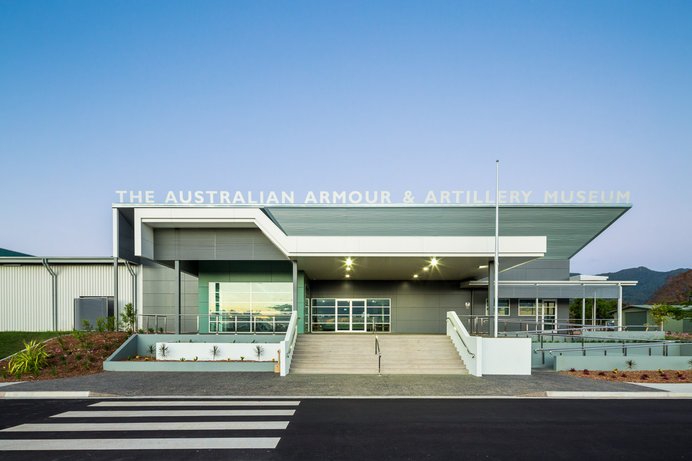
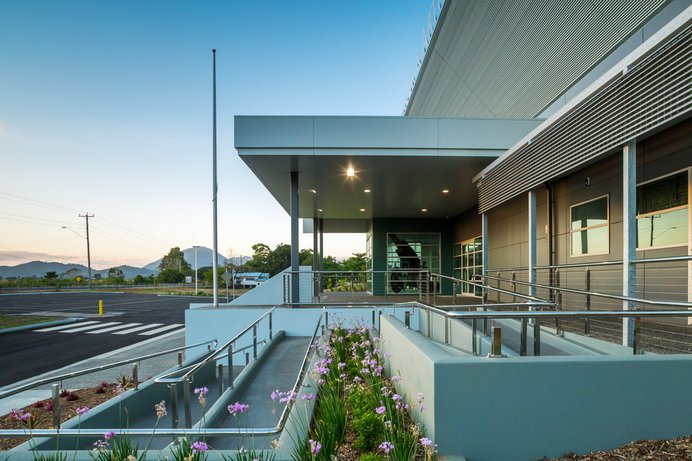
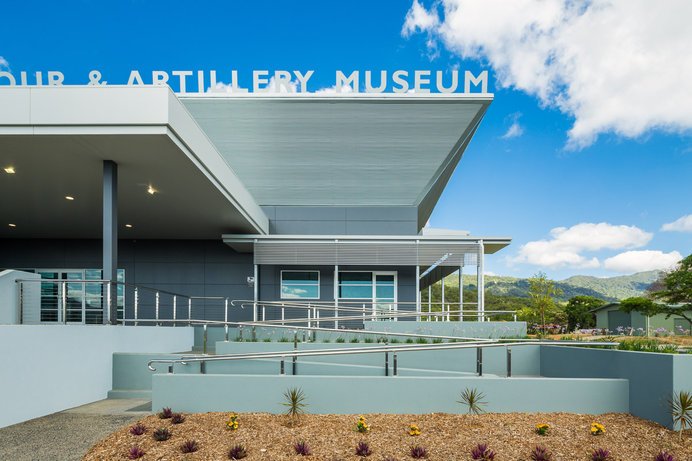
The Australian Armour and Artillery Museum
Kamerunga Road, Caravonica, Cairns, 2014
The Museum is a successful tropical interpretation of the tin storage shed typology. An innovative exercise in optimizing the economy of cold formed steel framework for a 30m span, the building is a first for its cyclonic region. It is a well-considered response to the brief for a quality warfare museum tourist destination in the tropics. Responsive to its contextual setting and environment, the built form picks up the cues of the agricultural typology and linear land forms. It works at two scales. The entry addresses the street; a lower articulated roof creates a human scale to the space, appearing inviting; while the form of the building, visible from a far, has design elements that operate on a larger scale, such as the parapet features and the signage, which floats above the line of the cane fields against the mountains. Containing over 120 tanks armour and artillery from WWI and WWII, it features an assembly area, artillery display, entry foyer, shooting gallery and ancillary offices. A strong commitment to sustainable design attributes to the building’s success. The display area is open, flexible and naturally ventilated. It utilizes passive cooling to reduce heat loads, which in turn provides a comfortable natural environment.
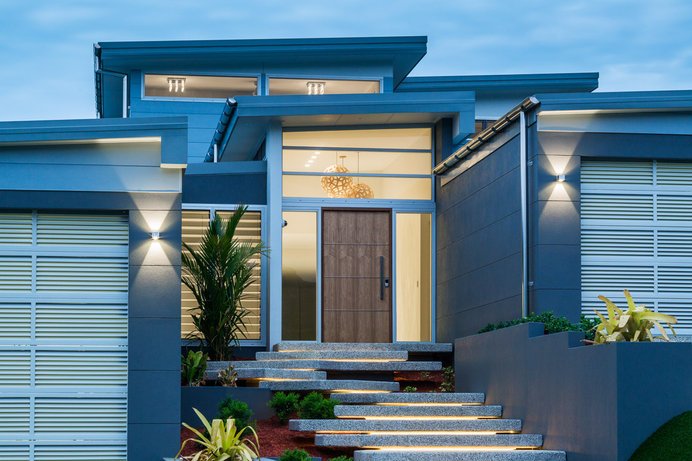
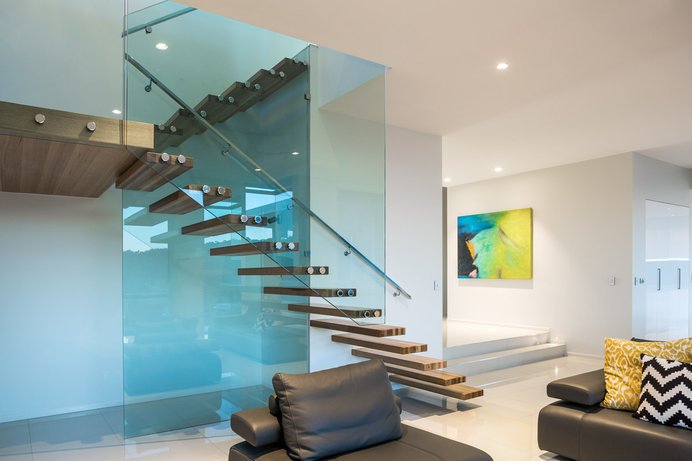
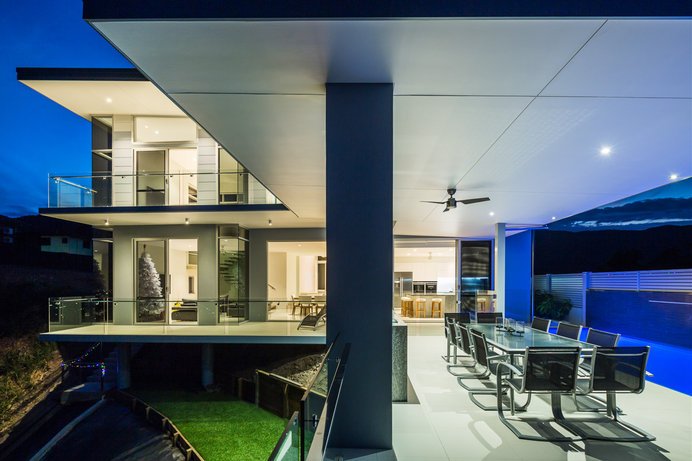
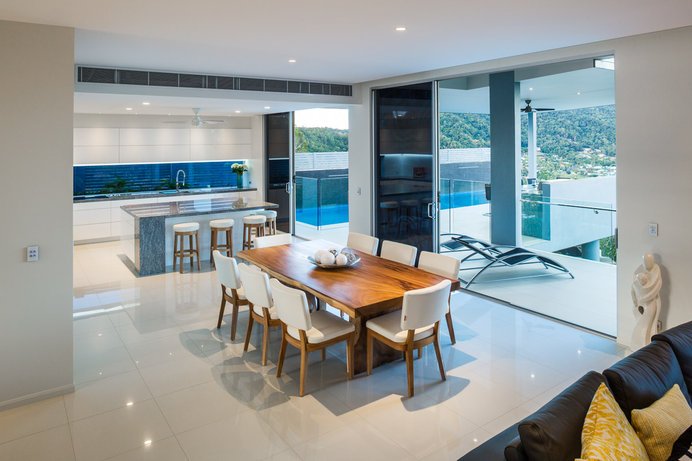
The Peak House
54 The Peak Road, 2014
Sited at the Peak of Whitfield Mountain, with expansive views, this 4 bedroom + 3 bathroom house is an intelligent reinterpretation of city fringe hill slope living. It is an appropriate response to its exposed site, tropical climate and the framed view. The house is anchored to the site with mass footings in order to extend over the peaks edge, heightening the connection between the inside and out. On entering the house, the breezeway frames the view, expressing the conceptual ideology of the houses provocative, elegant but practical outcome. Articulated at the street level with precast concrete steps, the elevated entry opens onto a central breezeway where filtered natural light, and cross ventilation are ample. An elegant timber floating stair supported by a glass panel further extends the ideology of the indoor-outdoor transparency. It embraces its natural surroundings providing a sensitive design approach that considers the visual amenity of neighbors and passersby. The house is a considered structural design of mass at ground and lightweight framework above. The building is a positive approach to sustainable tropical design with its inclusion of highly efficient LED lighting throughout, generous overhangs, lightweight construction to the exposed upper level and ample natural light and cooling breezes.
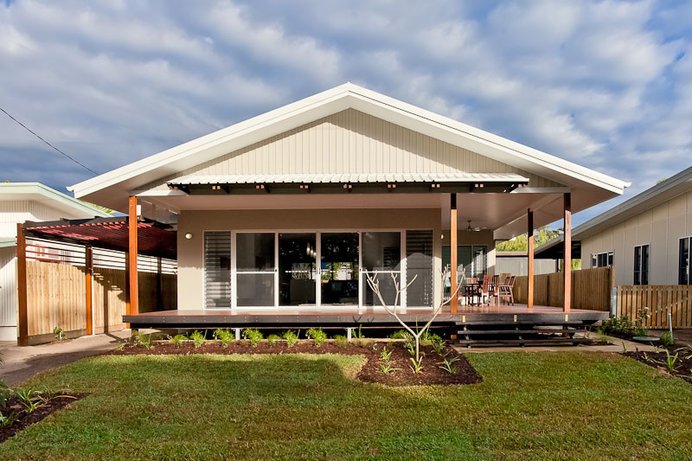
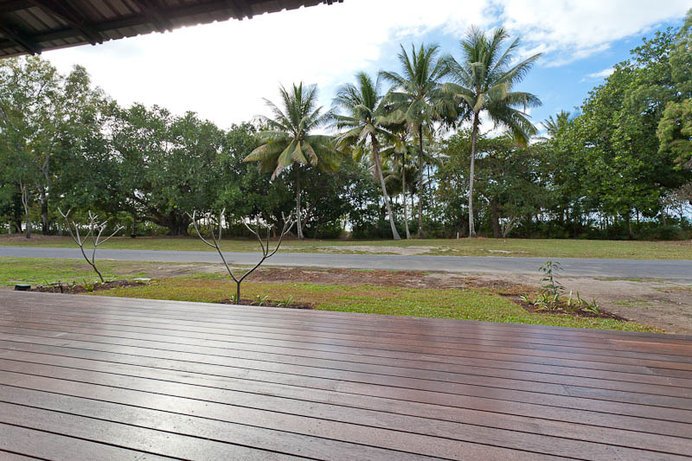
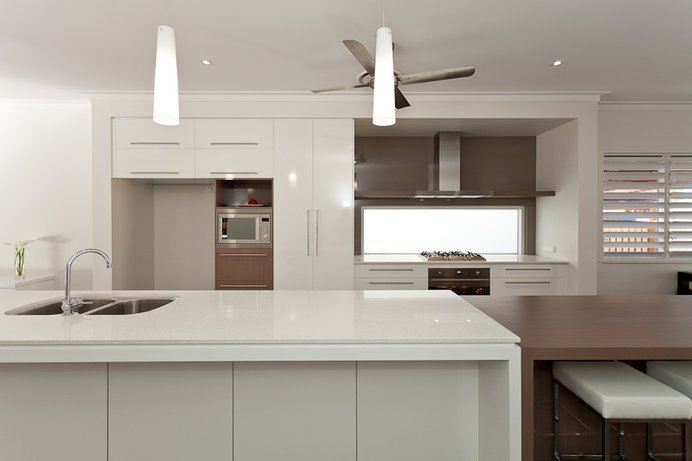
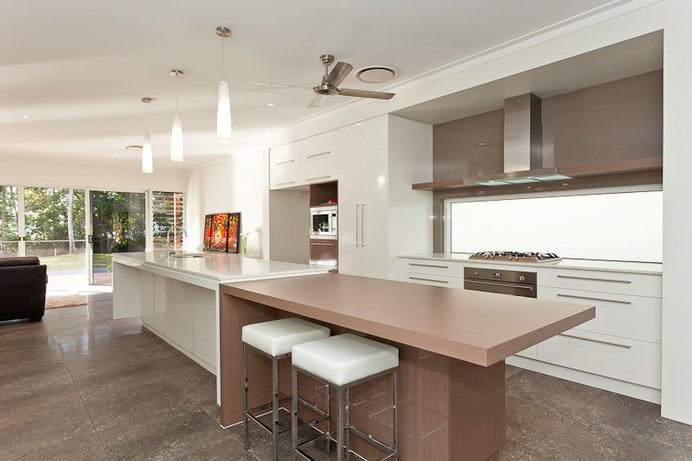
Beach House
98 Marine Parade, Newell Beach, 2012
Our approach to this residential project sought to maintain the comfortable beach 1960’s cottage aesthetic facilitated along the streetscape of Newell Beach, Marine Parade. The connection of the house to the street is a fundamental lifestyle event of the houses along Marine Parade. It was all about welcoming and living the small beachside community street life. A contemporary house with a classical aesthetic appeal resulted. The ground floor level and timber decks were raised 700mm above the street level to facilitate the constant lifestyle movement between private home and community beachside lifestyle. The occupants at will can move between the two landscapes, the one they live in and the street with ocean beyond. The planning interconnects the home entertaining and livings areas with views to the ocean. For flexibility of living, in plan the master suite was separated from the adjoining two bedrooms for privacy catering for a holiday situation of two couples or a couple with children.


